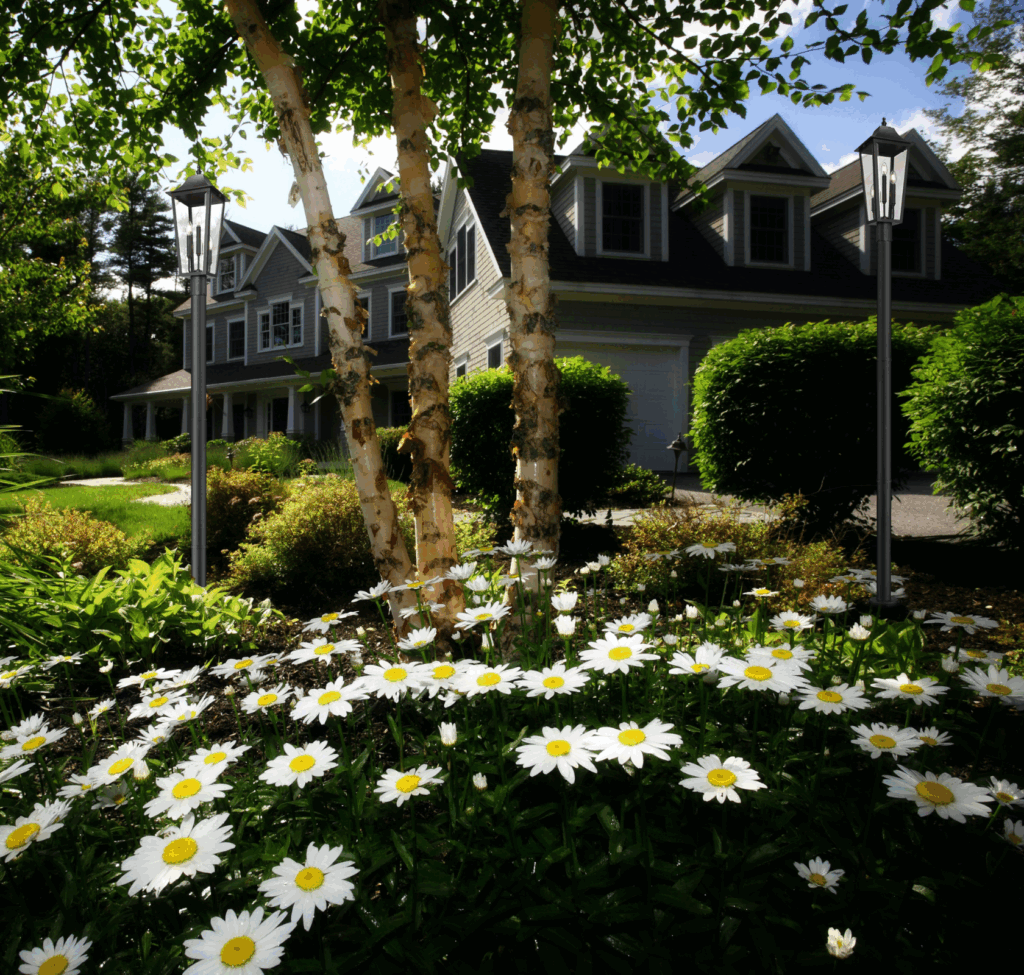Free Ground Shipping on Orders Over $49 Details & Exclusions Excludes Curb Side Delivery (LTL). Lower 48 United States Only. • Shop The Latest Lookbook
Dec 20, 2018
5 Tips on How to Plan Your Accent Lighting
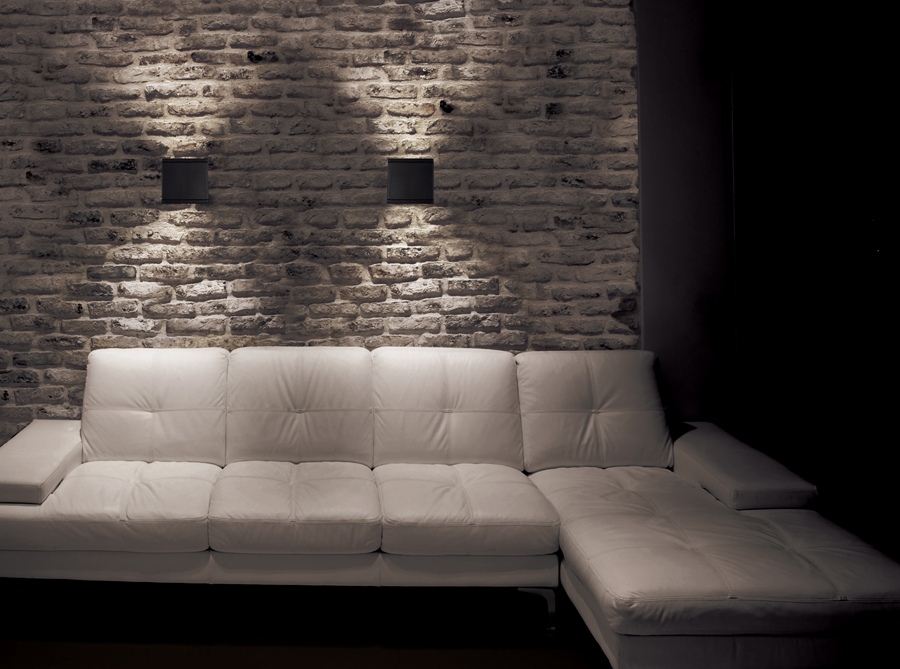
Your home décor shopping list includes wall art, decorative pillows and various souvenirs to fill your built-in bookshelves. But you’re forgetting one key piece – accent lighting. Planning your home’s accent lighting is like putting the icing on a cake. After all, you didn’t just design a dream abode for it to be drenched in shadows. With perfectly positioned light fixtures, you can direct eyes up a winding staircase or highlight a high-priced painting.
If it sounds like you need professional expertise, you don’t. Get all the help you need with this complete guide to accent lighting.
What is Accent Lighting?
Accent lighting does just that; it accents your home. These fixtures come in several different forms, but they can generally be classified as one of two things:
- A light that shines on art
- A light that is art
The light that shines on art is useful for illuminating a painting, sculpture, staircase or outside walkway, and the art can certainly be any part of your home’s intricate architecture. The purpose of this kind of accent lighting is to put the focus on a particular décor item or area of your home. Other times, accenting lighting is an actual piece of art itself. These are usually in the form of wall sconces, table lamps or hidden fixtures.
When planning your home’s accent lighting, consider whether you want a self-containing work of art or if you need to highlight an existing feature. That will help you move onto the next step: choosing the right type of fixture.
Types of Accent Lighting:
- Wall sconces – Wall sconces are light fixtures that are fixed directly to the wall. Most often, wall sconces direct light upwards. But depending on their design, they can shine light out, down or all around. Sconces come in a variety of shapes, sizes, materials, and colors. For that reason, they tend to be the most artistic type of accent lighting. With so many choices, you’ll find a wall sconce to suit any home décor.
- Track lighting – As its name implies, track lighting features light bulbs fitted on a track. The track contains electrical conductors, so you don’t have to individually wire each bulb. The track is attached directly to the ceiling to provide very direct downlight over a kitchen counter, bookshelf or wall of art.
- Table lamps – Accent lighting can come in the form of a lamp. These are usually uniquely shaped lamps that complement your interior design style. For instance, an old copper pipe might be repurposed with wiring and a filament bulb to create an industrial-style accent light you can position on a desk or end table.
- Recessed lighting – These are ceiling lights that are installed above the ceiling line, so the majority of the fixture is out of sight, out of mind. All that’s visible are the baffles and trim. The baffles are inside the recessed can that the light bulb sits in, while the trim is the metal or plastic circle that runs around the recessed light and fits flush against the ceiling.
- Hidden fixtures – Though they are often recessed behind or underneath something, hidden fixtures are not considered recessed lighting. These are often strips of lighting that can be neatly tucked away into a crevasse. They might frame a mirror in your bathroom or act as a nightlight under your kitchen cabinets.
How Do I Plan for Accent Lighting?
Once all the niches are made and the artwork is hung, then it’s time to think about accent lighting. With everything in place, you can clearly see where the shadows fall and which of your home’s best features could use a boost of brightness. From there, follow these five tips for success:
-
Identify unique features or impactful artwork
Do you have framed family photos you want to show off? The Boston Wall Swing Lamp by Visual Comfort hangs like a wall sconce that throws light directly down so you can decide exactly what feature gets all the focus. And if you have a series of photos or a long custom bookshelf worth lighting, simply add a row of wall sconces. Just be sure to place your accenting lighting far enough above your focal point, so the light hits it at the right angle and doesn’t overpower. Remember, this type of lighting is meant to accent your home – not drown it.

-
Find a blank canvas
Hallways are easily overlooked, which leads to a rather bland and boring walkway. Consider this your blank canvas and use an accent light like the Lynn Wall Sconce by Visual Comfort to liven the space. With its floral flourishes in a burnished silver leaf finish, this fixture doubles as décor. You could also use this artistic fixture in an entryway, empty stairwell or petite powder room, where walls might otherwise be bare.

-
Consider the mood
Lighting in each room should define – or at least complement – the mood of the room. Home theaters, for instance, are meant to feel cozy and dramatic. They also don’t have much need for knick-knacks. So set the tone while adding a decorative touch with the help of accent lighting like the Stitch Wall Sconce from Synchronicity by Hubbarton Forge. The pointed crystals in a staggered stance turn a standard panel light into a conversation piece. Not to mention, the specks of light are all you need in a cozy home theater.
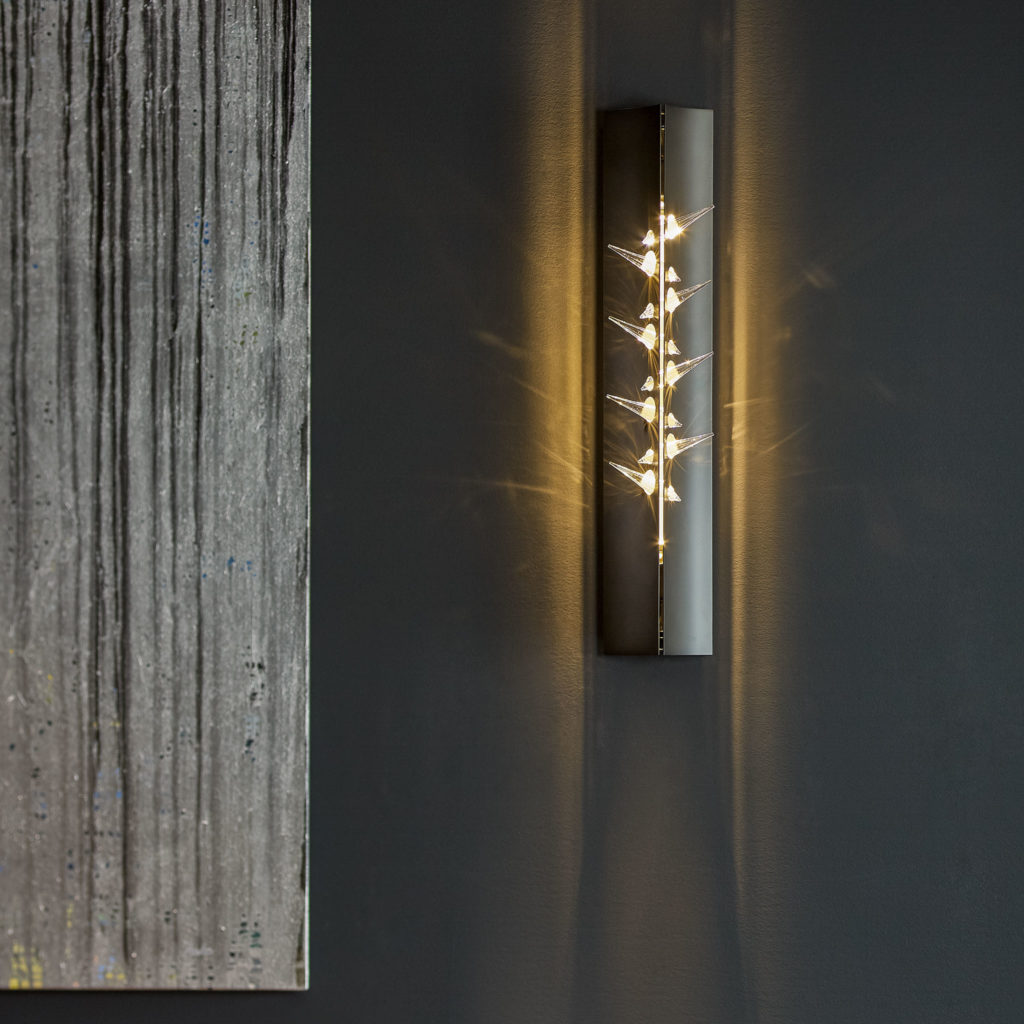
-
Size up your space
Like wall color, accent lighting can make a room appear larger. Here, the Rubix Wall Light by WAC Lighting diffuses light upward and downward, thereby expanding the height of the room while teasing the texture of the wall. With its simple square design and brushed aluminum finish, the Rubix is equally acceptable accenting an industrial interior and illuminating your outdoor patio. In general, the brighter your space, the bigger it will feel.
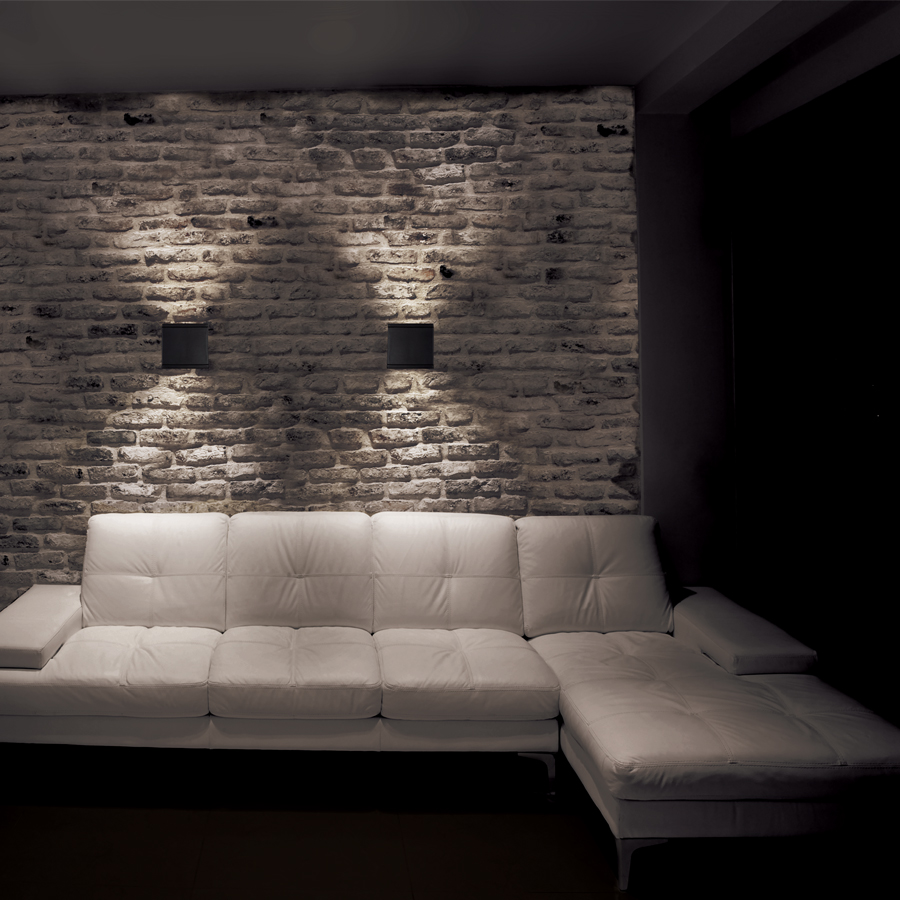
-
Fill the voids
Chandeliers and pendants provide most of the light in a room, but they can’t reach all four corners and crevasses. Bathrooms are especially notorious for dark spots and awkward shadows that make it difficult to get ready in the morning. But accent lighting can fill the black holes, as proven by the Loft Bath Vanity Light by Modern Forms. It features an opal glass diffuser and dimmable LED lighting so you can adjust the strength depending on your mood and the time of day.
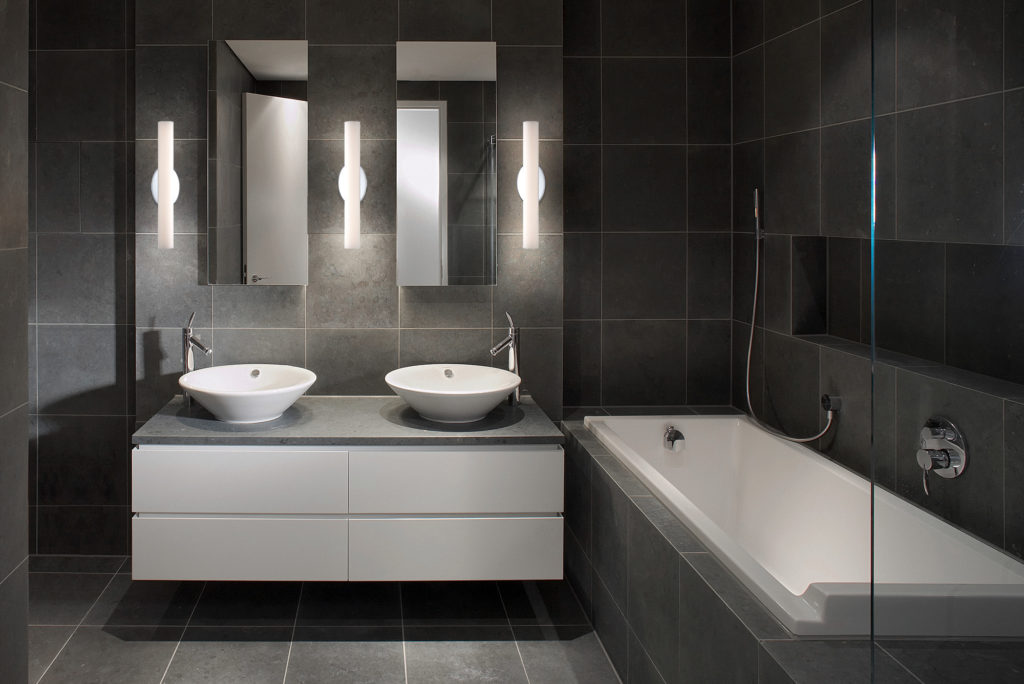
Save the Best for Last
While you may have painted all the walls, put your furniture in place and hung every piece of art you want, you’re not finished. Accent lighting is the grand finale of your great home makeover. Do not underestimate its ability to enhance the mood of a room or emphasize a single spot. With so many types of accent lighting, you don’t have to worry about making it work. Simply look around and assess your accessories. Ask yourself what deserves more attention, and then use these ideas as inspiration to (officially) complete your décor.



